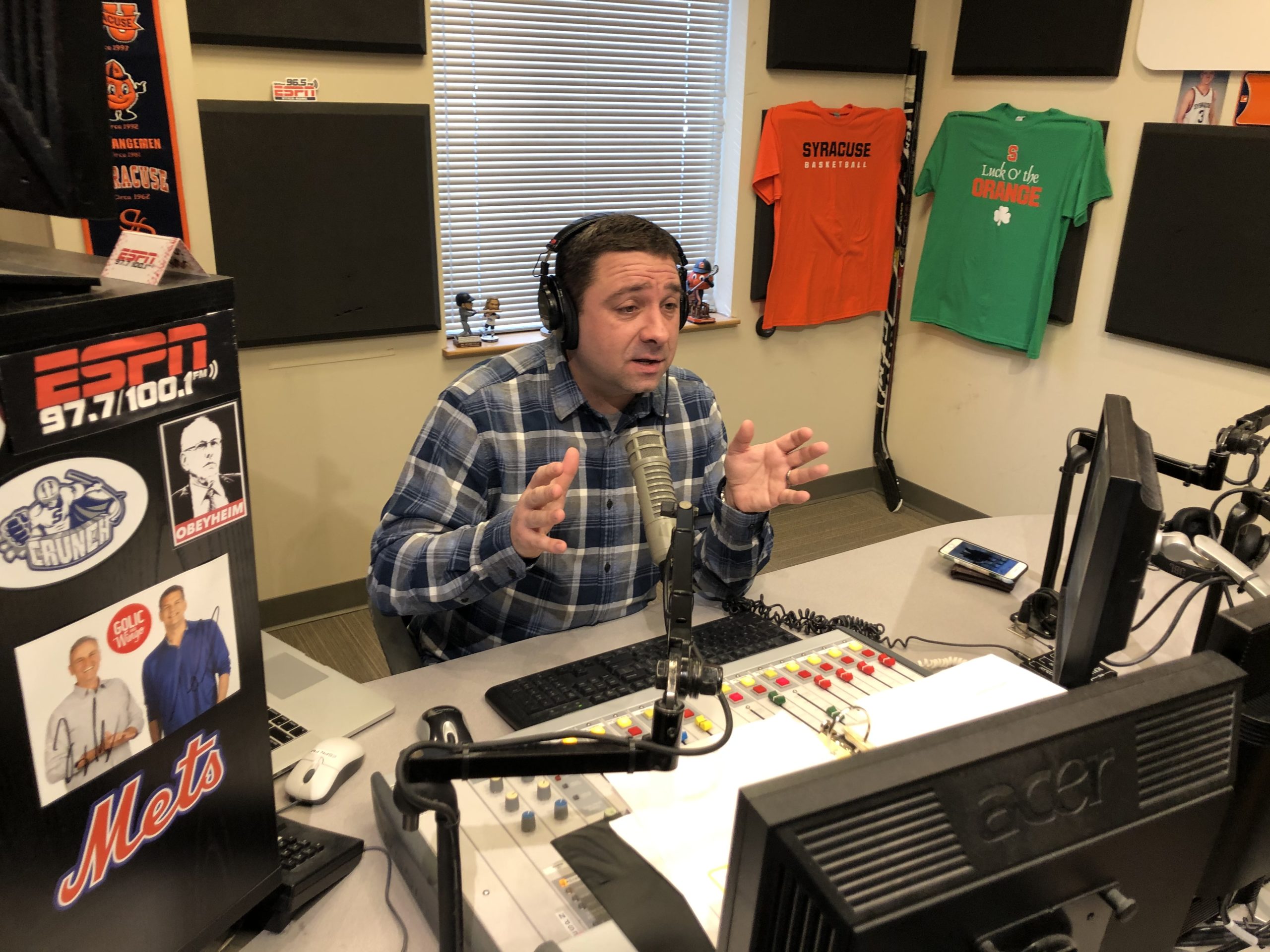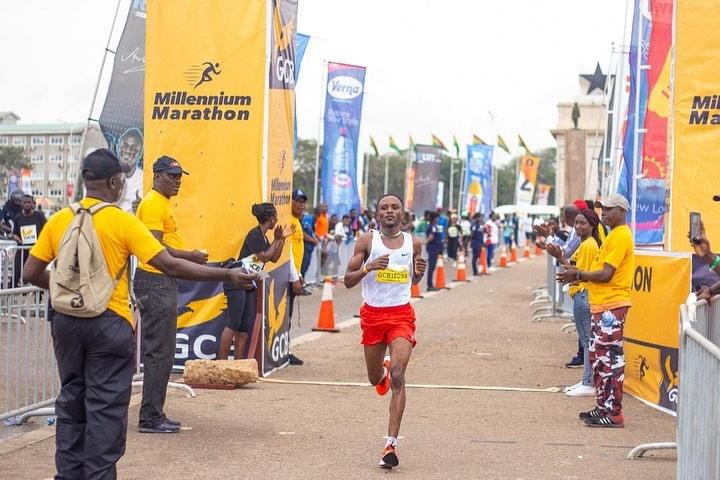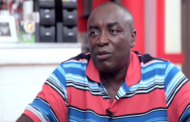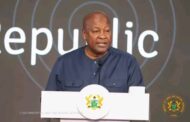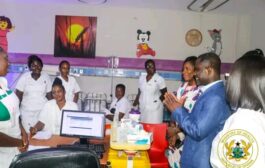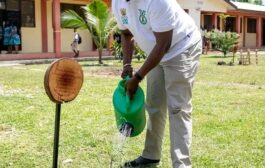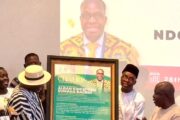Restless pets, hungry children and slow internet connections became a major challenge for broadcasters this week as many presenters hosted programmes from home amid the coronavirus outbreak.
Susanna Reid dialled in to Good Morning Britain from her house after her son became ill, while Gloria Hunniford, appeared on Loose Women via video link after going into self-isolation.
On radio, countless presenters have broadcast entire programmes from their own homes as stations prepared for an increasingly uncertain future.
Sarah Montague, presenter of BBC Radio 4’s The World At One, hosted a trial show from home on Tuesday – an arrangement that may soon become permanent.
But while it might avoid having to commute into the studio, home broadcasting comes with its own challenges.
“Doing an outside broadcast from your kitchen is weird, but it was fun,” Montague tells BBC News. “My daughters kept popping their heads in – I had barked at them in advance that they weren’t allowed to be on wi-fi, which was a bit of a challenge for teenagers at lunchtime.”Skip Twitter post by @Sarah_Montague
Montague was using an ISDN line (essentially a high-quality phone line) to get on air, but was still heavily reliant on a strong internet connection for emails, messaging the editor, monitoring script changes and staying across incoming news stories.
“So I didn’t want anyone using Netflix,” she laughs. “But your children expect you to be there, expect you to be able to answer them.”
While the show’s trial run went smoothly, one of the biggest challenges in staying on air turned out to be a restless pet.
“I had a producer come round, and during the programme I saw him chasing after the dog round the kitchen, because the dog had got hold of a plastic bag and was shaking it, making loads of noise,” she recalls.
“That was the maddest moment, but otherwise it was surprisingly straightforward.”
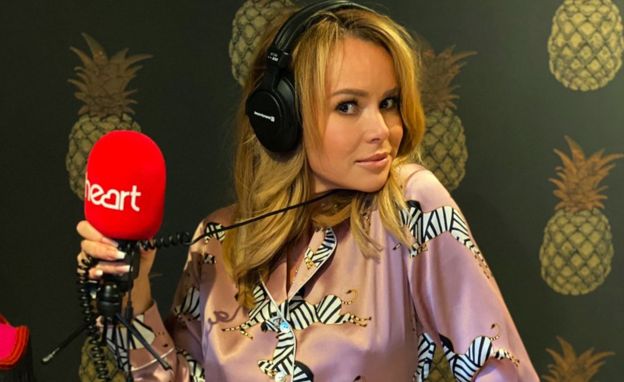
While radio can largely get by with presenters at home and guests on the phone, changes to TV shows are more noticeable.
Viewers of The One Show will have spotted this week that Alex Jones was on the famous green sofa as normal, but her co-host Matt Baker was in his own living room.
Baker is currently self-isolating, but was feeling fit and well enough to broadcast. So producers were able to make him appear on a vertical screen propped up on the BBC One sofa next to Jones.
“Self-isolation has become a sudden and confusing reality for households across the country, so it made perfect sense for us to reflect Matt Baker’s experiences of that live on air,” The One Show’s editor Rob Unsworth tells BBC News.
“Our initial reaction had been to just check in with him briefly on his first day at home, but it became clear as we all discussed it that a more engaging and uplifting treatment would be to continue to involve him throughout the programme, effectively co-presenting as normal, but from his own sofa rather than the one in the studio.
“Inevitably that produced challenges, but Matt enthusiastically embraced the idea. Once we were on air, he was working without autocue, delivering links in his own style based on a draft script we’d emailed.”
He adds: “The intention was to retain the natural interaction we’d typically have when he and Alex Jones are sitting next to each other – which is no mean feat when there’s a slight delay and the sound and wi-fi signal can be variable.”
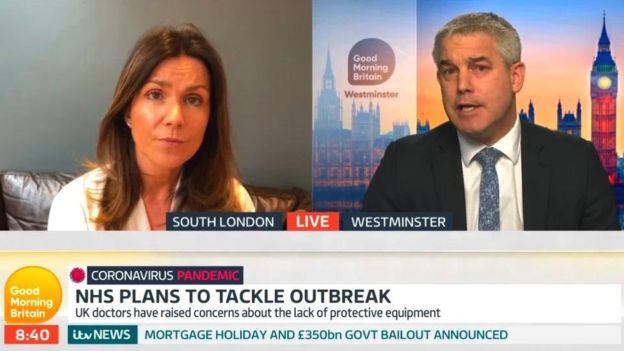
The One Show is going to become one of the BBC’s major sources of information and advice over the coming months, and the viewing figures have increased dramatically this week.
Wednesday’s episode attracted an audience of 5.4 million, significantly higher than the show’s 3.1 million average.
Meanwhile, Susanna Reid appeared from home on Good Morning Britain and, along with her studio-based co-hosts Piers Morgan and Charlotte Hawkins, was able to put questions to guests such as Chief Secretary to the Treasury Steve Barclay.
On Loose Women, Gloria Hunniford, who as a 79-year-old is in an at-risk group, dialled in from home and told her fellow panellists: “I’m feeling absolutely fine but things all changed for me last Sunday when more and more info came out.
“I am pre-diabetic, so when I listened to all the research I thought I had to take action.”
Broadcasting from home at short notice is often easier on the radio, as some presenters store emergency broadcast kit.
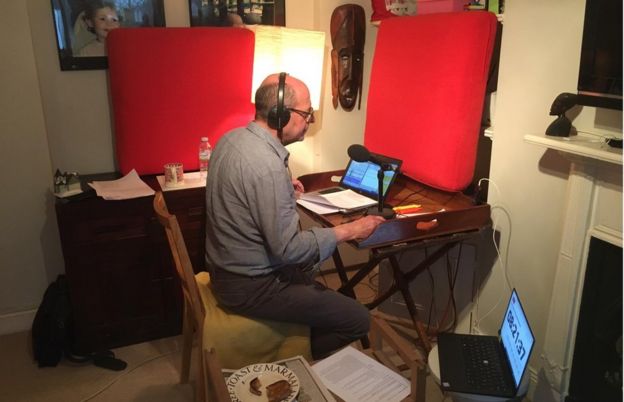
Nick Robinson hosted Radio 4’s Today programme from his basement on Thursday, and was one of several presenters to post pictures of their home studios.
Large red cushions to absorb the echo could be seen in the picture he tweeted, as well as a laptop screen showing the exact time and, perhaps most importantly, a plate of toast.
Chris Evans wasn’t so much working from home as working from boat on Thursday, as he presented his Virgin Radio breakfast show on the water.
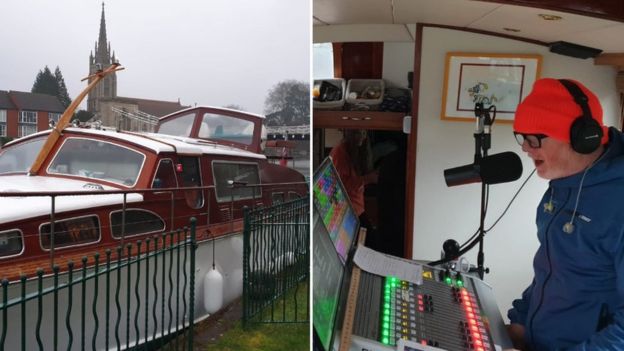
Several presenters will have to be careful their pets don’t accidentally press the wrong buttons. Iain Lee’s cats enjoyed a wander round his home set-up before his talkRADIO show, while Iain Dale’s dog was a special guest for his LBC slot.
Rob Bonnet, sport presenter for the Today programme, is a man particularly concerned with good quality audio. He was ready for this.
His set-up looked a bit like a voting booth, and, like Robinson’s cushions, helps to absorb any echo within the room while he’s speaking.

Amanda Holden’s home studio picture may have shown that she is the DJ with the best taste in wallpaper, but if there was an award for best microphone, it would surely go to Elvis Duran.
The presenter on US station iHeartRadio hosts one of the most popular breakfast shows in the world, so it’s only right that he has the blingiest microphone.
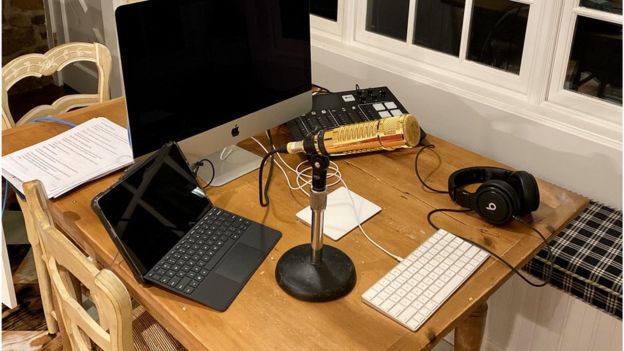
However, while getting a presenter on air may be easier than ever, other elements of radio production have become more challenging.
The World At One producers did not have access to their usual software, so Montague and the team used an online document-sharing service to write and edit scripts.
But using unfamiliar technology can come with its own difficulties, particularly when it comes to group video calling.
“In the morning, we tried a meeting on Zoom, and everybody got really angry with me because I didn’t understand muting, and they were all shouting ‘Can you mute?!'” Montague laughs. “Someone said that was probably the most quoted sentence from that day.”
Keeping across the strict timings involved in live radio was also trickier than normal, and Montague still had to deliver accurate and regular time checks to listeners.
“We were WhatsApping things like out-times,” she says, referring to the cues she receives from the studio alerting her to how long a pre-recorded item has left. “But I’m going to have to get a decent clock, because otherwise you’re relying so much on your phone.”
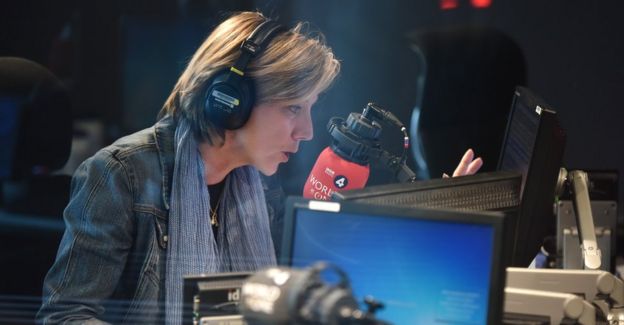
The One Show hopes to continue getting Matt Baker on air after the success of this week (and the popularity of Matt’s dog, Bob).
Unsworth explains: “It was Matt’s idea to involve his own dogs, which went down particularly well with viewers, and again highlighted the new normality for so many people: working from home with all the domestic distractions that involves.”
“The audience reaction prompted us to continue with him presenting in isolation for a second day, but it wasn’t intended to be a full-time thing – although we’ll continue to catch up with at home throughout his isolation, giving an opportunity for us to cover all aspects of staying positive throughout this crisis.”
Distractions and dodgy wi-fi aside, there were undoubtedly benefits to broadcasting from home, Montague says.
“Not having to commute was a dream, although straight afterwards I got off air and then everybody expected me to make them lunch! They wouldn’t normally expect that, they’d have to get it themselves. That was the downside,” she says.
“But the upside was that within minutes after coming off air we were all sitting round the table eating, and the dog jumped up on my lap.”
There was one other major perk to working from home, Montague points out. “There’s much better coffee here than at the BBC.”



